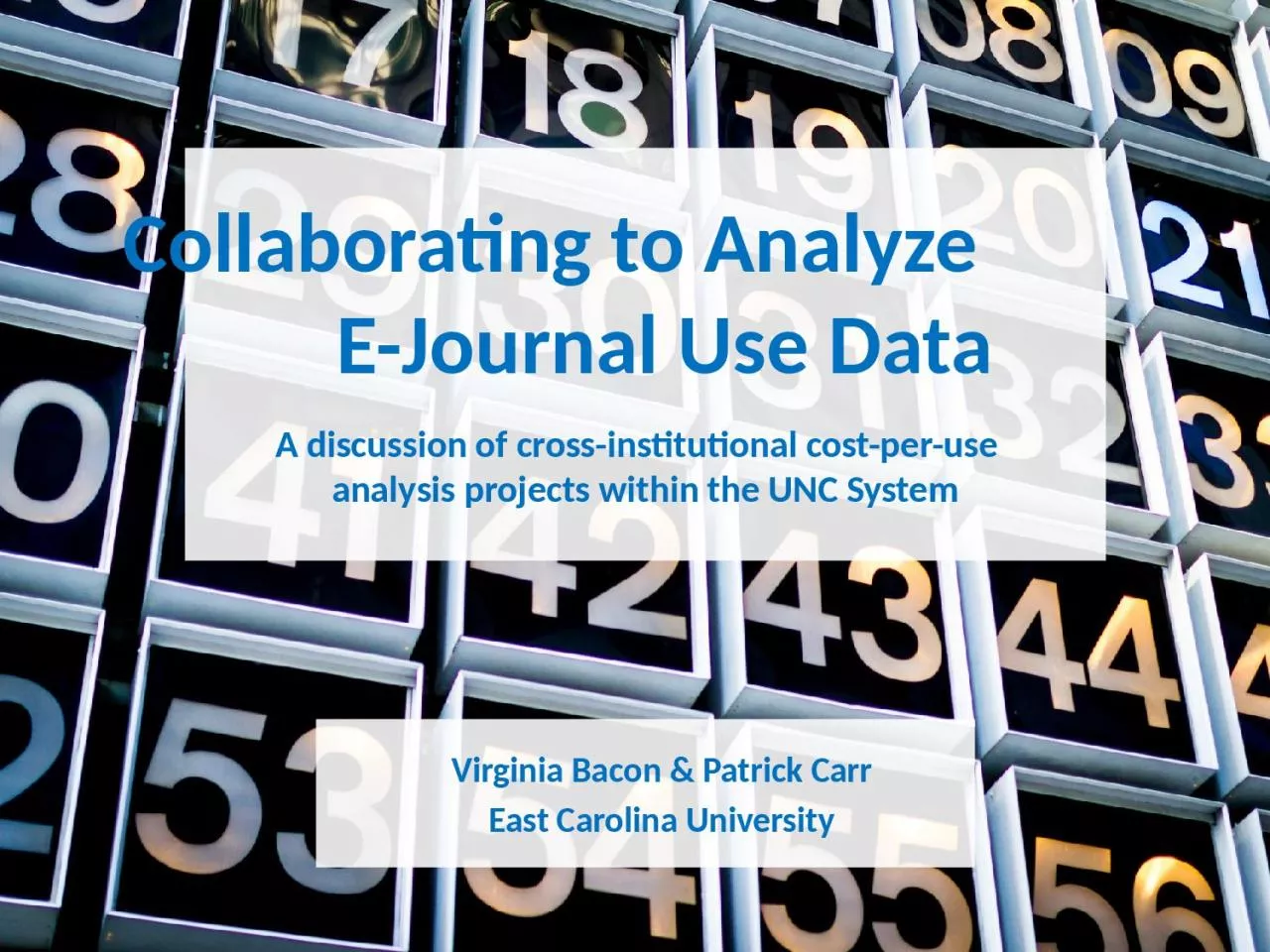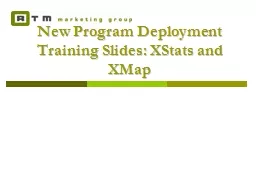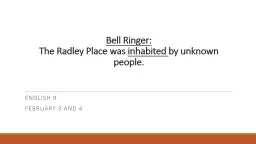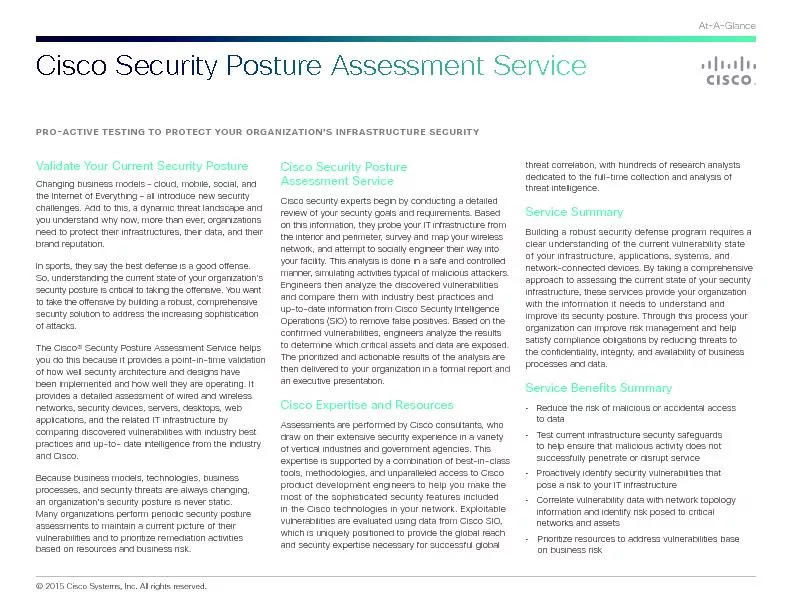PPT-Collaborating to Analyze E-Journal Use Data
Author : valerie | Published Date : 2024-03-13
Virginia Bacon amp Patrick Carr East Carolina University A discussion of crossinstitutional costperuse analysis projects within the UNC System Introduction 2011
Presentation Embed Code
Download Presentation
Download Presentation The PPT/PDF document "Collaborating to Analyze E-J..." is the property of its rightful owner. Permission is granted to download and print the materials on this website for personal, non-commercial use only, and to display it on your personal computer provided you do not modify the materials and that you retain all copyright notices contained in the materials. By downloading content from our website, you accept the terms of this agreement.
Collaborating to Analyze E-Journal Use Data: Transcript
Download Rules Of Document
"Collaborating to Analyze E-Journal Use Data"The content belongs to its owner. You may download and print it for personal use, without modification, and keep all copyright notices. By downloading, you agree to these terms.
Related Documents














